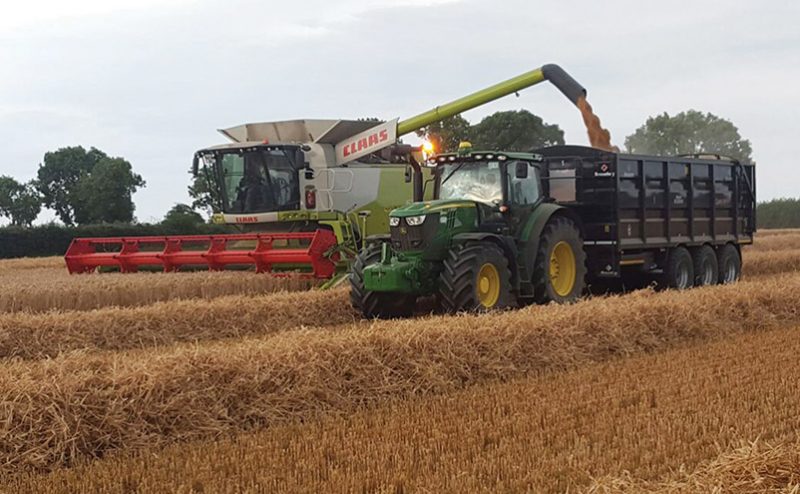
Farming has evolved considerably over the years as the methods and techniques used to get the best from the land and livestock have certainly moved with the times.
Anyone not willing to adapt to these changes are being left behind in terms of development as Ireland continues to be a leading player in the world of farming.
Over 300,000 hectares of the best land in Ireland is engaged in tillage farming, or the annual production of crops for harvest. Cereal crops are the main output, led by barley, then wheat and then oats.
Like all industries, farming has progressed over the years and every aspect of this sector has changed, but none more so than what farmers feed their animals with.
The farming community has come to realise that by providing the right blend of feed they can get the best out of their livestock whether it be dairy or beef.
There is certainly a more scientific approach to animal feeds these days as there are many different blends on the market, all of which is generally bought in bulk.
There are a large number of farmers in the country that concentrate fully on tillage and one such farmer is Michael Carey from Rookery Farm.
Situated in Newcastle, Co Wicklow, Michael farms up to 1100 acres of land with the majority being used for tillage.
“Between the land we own, rent and share, there would be in the region of 1100 acres alright,” said Michael.
“The land would be in a 12-mile radius of home and it is some of the best land in the country as it is located on the east coast.”
From a time when everything was hands on, the machinery available these days allows operators to get through at least ten times as much work on a daily basis.
And Michael possesses an extensive fleet of machinery with John Deere being the preferred choice of tractor.
“I have a few John Deere’s including 6215R, 6930 and 8430, while I’ve a Claas Lexion 670 on tracks that does the harvesting. We have that three seasons now and there is over 1,000 hours on it. On average, we would get through 1300 acres a year. You have to invest in the machinery in order to get through the work.
Michael does a small bit of contracting work for neighbours and friends, but the majority of his time is taken up by his own farm.
He also prefers to till instead of plough, but does both depending on the land. One form of tilling that Michael focuses on is minimum tillage which is a soil conservation system like Strip-till with the goal of minimum soil manipulation necessary for a successful crop production. It is a tillage method that does not turn the soil over. It is contrary to intensive tillage, which changes the soil structure using ploughs.
“You would till double the amount that you would plough in the same time, maybe even two and a half times. Both systems are used but certainly tilling would be used more.”
Michael uses chaser bin to quicken up the process of harvesting. The bins range in size, from 12T to 38T in most cases. Single axle bins usually can only handle a maximum of 20T of grain, with excess weight placing undue strain on the axle, potentially causing failure, especially on rough terrain.
“I just find it is far handier to use the chaser bin. It speeds up the whole process and I find it very efficient.”
As stated the price of grain and other cereals is at an all-time low and the current price of grain has become major concern amongst farmers as the world market continues to be a volatile area.
Farming is dictated by the world market whether it be the price of milk or cereals and the current price has left it very difficult for farmers to make a living.
Current indications are for a further reduction in overall sowings for the crop year with spring barley likely to fall by an additional 15,000 ha as many growers are forced to leave land fallow. The EU Commission and Parliament, despite numerous warnings from the IFA, have failed to recognise the worsening income situation and take appropriate measures to support growers.
“There doesn’t seem to be a lot being done at Government level to address the situation, but something certainly needs to be done sooner rather than later.
Of course, behind every man is a good woman and that is certainly the case with Michael who’s wife Catherine.
“My wife would look after all the paperwork and these days there is plenty of it to be done. Catherine does a great job looking after all that. There are three drivers that have been with us for many years too, Brian, Hugh and Stephen deserve great credit also.”
Rookery Farm,
Newcastle,
Co Wicklow
Taken from Irish Tractor & Agri magazine Vol 5 No 3, April/May 2017